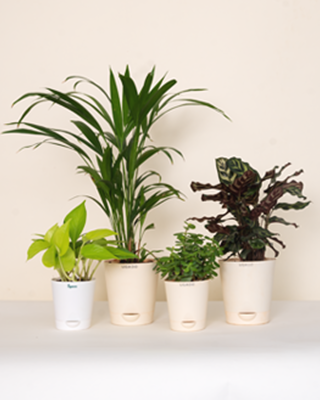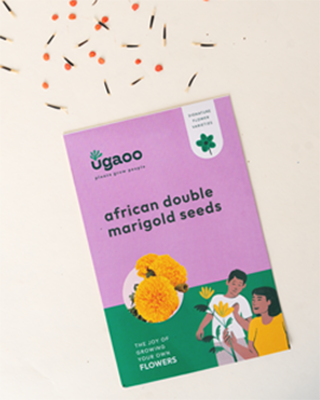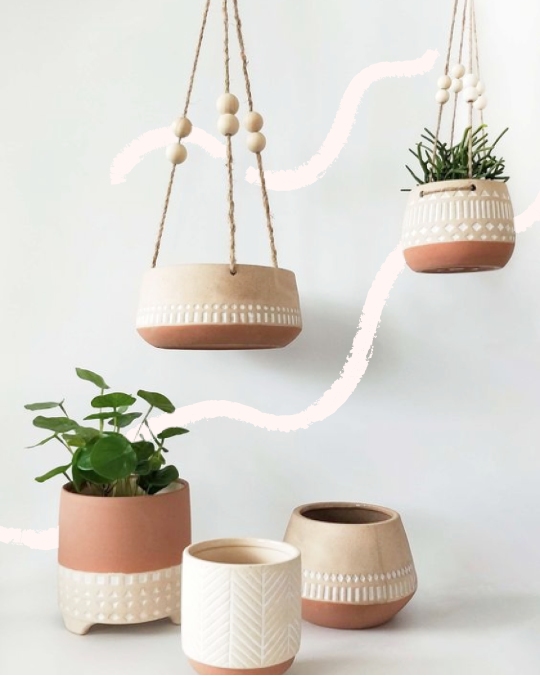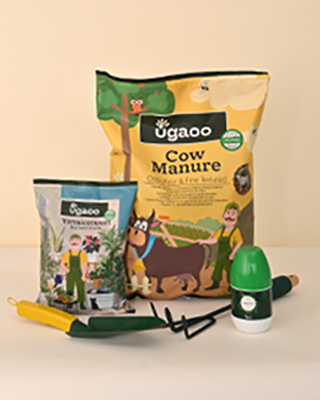
Although, its native to tropical jungles Monstera can grow very well indoors and with the right light and care the leaves can grow up to two feet in size. Monsteras are unique, easy-going houseplants that love to trail over the pot or climb along a stake or trellis. These are hardy plants that can live easily in warm climates but can be tough to take care of if you live in a colder climate but not impossible, making it the perfect plant for beginners.
Light
The Monstera can grow literally anywhere in your home, it can survive in low light but grows faster in bright indirect light. Although it doesn’t require direct sunlight, it will love the mild morning sun for an hour or two. Better light translated to bigger leaves with deeper fenestrations. Avoid direct sunlight during late mornings or later, strong light might cause leaf burn in the Monstera. In its natural habitat, it grows on the forest floor or along larger trees.
Soil
The Monstera grows on the forest floor that has a good layer of mulch and organic layer making it rich but extremely well-draining. So give your Monstera plant a rich but light and well-draining potting mix. Supplement it with a good broken down compost every month in its growing period.
Water
The Monstera loves a good moist soil, but its best to let the soil dry out in between watering cycles. Water it thoroughly and let the water drain out, empty the base plate ASAP, and let the top two inches of the soil dry out before watering again. Your Monstera will love you extra if you give it filtered water or water that has been left to stand overnight.
Fertilisation
To get a good growth, feed your Monstera with a good quality generic fertiliser in its growing period of spring to fall. Fertilise it every two weeks with both root and foliar application for better growth. Regular fertilisation will result in excellent root and shoot growth. Don’t fertilise your plant in the winters when it is dormant.
It is also very important that the potting mix has an equal proportion of a garden soil, cocopeat, and well rotten compost (vermicompost) for a continuous supply of nutrients to the plants aver its growing period in the same pot.
Cleaning your Monstera
Even though Monstera's produce edible fruit in their natural habitat - the reason behind the name 'deliciosa'. The fruiting does not happen very often and almost never in home setting and potted Monstera's. Monstera, the houseplant, is all about its beautiful fenestrated leaves and keeping them clean is important not only for their beauty but plant health too. The large surface area of leaves means more dust settling on them and blocking the stomate, thus affecting the rate pf photosynthesis and consequently plant health and growth.
Clean your Monstera regularly with a soft moist cloth, just plain water will do. On some occasions, once in a month or two months depending on how dusty it is in your area, wipe down your Monstera leaves with a mild soap solution.
Tip: Wear an old sock on your palm for an easier cleaning routine.
FAQs
How can I tell if my Monstera is over or under watered?
Most often yellowing of leaves is due to overwatering or underwatering. If there is a combination of yellow and brown spots on the same leaf, the most evident cause is overwatering. If there are fully yellow leaves and some brown crispy spots occur then it could be underwatering. Check the soil to determine if it is truly the cause.

Why is my Monstera not forming splits or holes on its leaves (fenestrations)?
Also known as "fenestrations," the lack of splits and holes in the leaf of a Monstera can be caused due to many reasons, but generally it means the plant isn’t getting the right growing conditions. Give the plant better light and follow a good watering schedule. You can also push your plant’s aerial roots into the soil so the plant can absorb more nutrients. Sometimes it takes time for the plant to develop fenestrations so just wait.
How often does my plant need to be repotted?
Larger floor plants can be repotted every 18-24 months in a pot that is 2”- 4” larger in diameter. Don’t choose a pot much larger than the previous as this could drown the plants roots. If you want to control the size of the plant, repot in the same pot in fresh soil and also trim away some of the roots.
How to propagate your Monstera?
Propagating a Monstera is easier than most plants and there are several ways of doing this. The first way is to prune your Monstera and cut off a larger part of the stem. This way you give your Monstera enough moisture and nutrients to start growing roots on its own. Another way is to wait until the Monstera starts to grow air roots. You can now cut off the stem below the air roots and place it in water to help new roots grow. Once the roots are big enough you can plant it in soil.
Additional care tips for your Monstera
- If planting outdoors, give it a shaded area.
- The plant is mildly toxic to both humans and animals, so keep it out of reach of children and pets.
- The Monstera is generally not susceptible to pests, but if you see any carry out immediate pest control measures.
- Rotate your Monstera periodically to ensure even growth on all sides and dust the leaves often so the plant can photosynthesize efficiently.
- Dust the large leaves regularly for a good growth
- To encourage your Monstera to climb upwards, you can stake wild offshoots with a dowel or use a moss pole.
- Monstera needs lots of space: Put it in a statement-making spot in the living room, rather than in a tight corner or on a windowsill.
Happy gardening!














